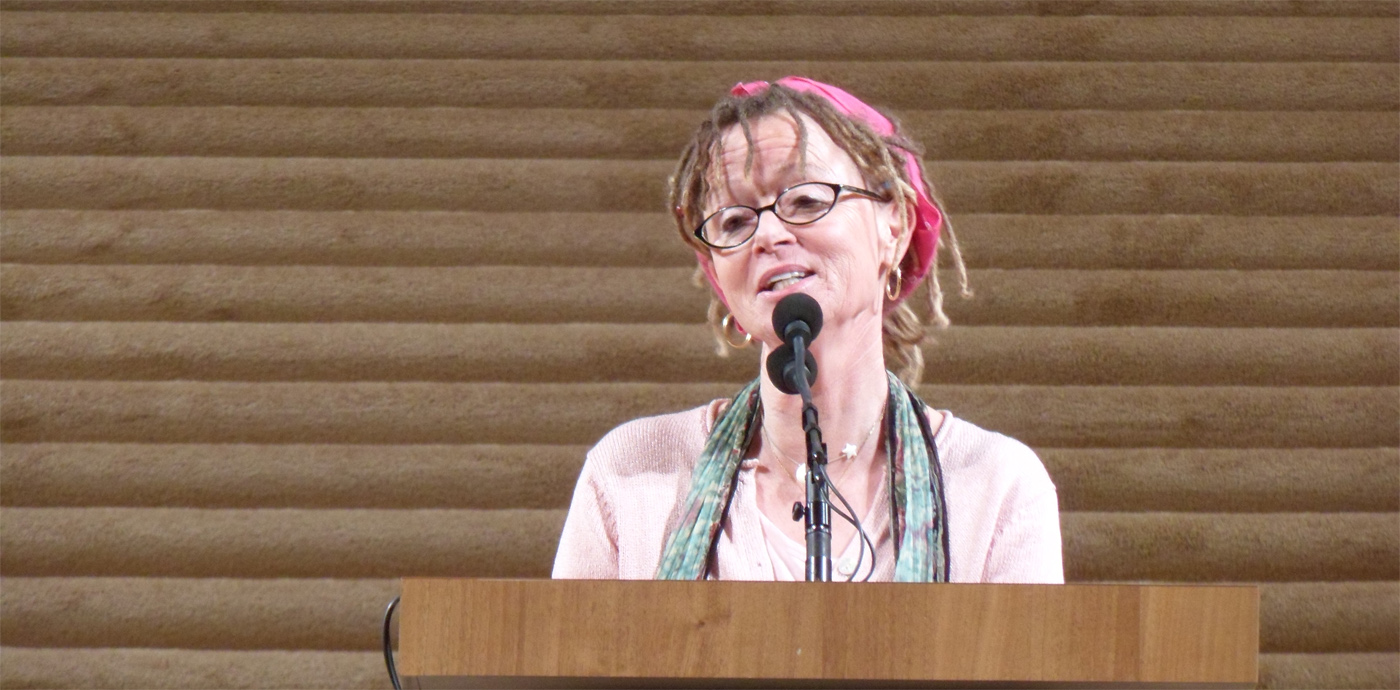This is a running list of the books I’ve read in 2021 (I will update this over the course of the year):
1. Anka Radakovich, The Wild Girls Club
2. Pat Barker, Regeneration
3. Jane L. Mansbridge, Why We Lost the ERA
4. Michael Azzarad, Our Band Could Be Your Life
5. Renee Rosen, White Collar Girl
6. Anthony Haden-Guest, Studio 54, Disco, and the Culture of the Night
7. Jon Savage, England’s Dreaming
8. V.S. Naipaul, A House for Mr. Biswas
9. Siegfried Sassoon, Memoirs of an Infantry Officer
10. J.G. Ballard, Running Wild
11. J.G. Ballard, Empire of the Sun
12. Elaine Showalter, The Female Malady
13. Flannery O’Connor, The Complete Stories
14. Tim Lawrence, Love Saves the Day
15. Shirley Jackson, The Road Through the Wall
16. Martin Amis, Inside Story
17. Souvankham Thammavongsa, How to Pronounce Knife
18. Paul Fussell, The Great War and Modern Memory
19. Bryan Washington, Memorial
20. J.G. Ballard, The Kindness of Women
21. Rebecca West, The Return of the Soldier
22. Harvard Sitkoff, A New Deal for Blacks
23. Robert S. McElvaine, The Great Depression
24. Yaa Gyasi, Transcendent Kingdom
25. Sophie Ward, Love and Other Thought Experiments
26. Amity Shlaes, The Forgotten Man
27. Lynn Steger Strong, Want
28. Raven Leilani, Luster
29. J.G. Ballard, Concrete Island
30. Shirley Jackson, Hangsaman
31. Sylvia Plath, The Unabridged Journals of Sylvia Plath
32. Rachel Devlin, Relative Intimacy
33. Shirley Jackson, The Bird’s Nest
34. Rumaan Alam, Leave the World Behind
35. Mariko Tamaki, Laura Dean Keeps Breaking Up with Me
36. Gabrielle Bell, Inappropriate
37. J.G. Ballard, Hello America
38. J.G. Ballad, Millennium People
39. Adam Levin, Hot Pink
40. Catharine Arnold, Pandemic 1918
41. Matt Fraction, Big Hard Sex Criminals Volume 2
42. Bob Rosenthal, Cleaning Up New York
43. Gay Talese, Thy Neighbor’s Wife
44. J.G. Ballard, The Unlimited Dream Company
45. Richard Ford, Let Me Be Frank with You
46. The Best American Short Stories 2020
47. Vera Brittain, Testament of Youth
48. Lydia Millet, Omnivores
49. Peter Shapiro, Turn the Beat Around
50. Lydia Millet, George Bush, Dark Prince of Love
51. Don DeLillo, Great Jones Street
52. Lydia Millet, My Happy Life
53. China Mieville, October
54. Danielle Evans, The Office of Historical Corrections
55. Italo Calvino, The Baron in the Trees
56. Lydia Millet, Everyone Pretty
57. [Literary biography, title omitted for moral reasons]
58. Alison Bechdel, The Secret to Superhuman Strength
59. Jack Kerouac, The Dharma Bums
60. Tim O’Brien, Going After Cacciato
61. Lysley Tenorio, The Son of Good Fortune
62. Lydia Millet, How the Dead Dream
63. Tim O’Brien, If I Died in a Combat Zone
64. Tim O’Brien, Northern Lights
65. Nelson George, The Death of Rhythm and Blues
66. Richard Ford, Sorry for Your Trouble
67. Nelson George, Hip Hop America
68. Ernest R. May, The World War & American Isolation 1914-1917
69. Kazuo Ishiguro, Klara and the Sun
70. Tim O’Brien, The Nuclear Age
71. Lydia Millet, Love in Infant Monkeys
72. Richard Wright, Black Boy
73. Gay Talese, The Bridge
74. Lydia Millet, Ghost Lights
75. Gay Talese, Fame and Obscurity
76. Gay Talese, The Over Reachers
77. John D’Emilo and Estelle B. Freedman, Intimate Matters
78. Richard Wright, The Outsider
79. Richard Russo, Trajectory
80. Tim O’Brien, The Things They Carried
81. Jonathan Ames, A Man Named Doll
82. Gay Talese, Honor Thy Father
83. Lydia Millet, Magnificence
84. Alex Espinoza, Cruising
85. Mary Helen Washington, The Other Blacklist
86. Nelson George, Post-Soul Nation
87. J.G. Ballard, Rushing to Paradise
88. Darin Strauss, The Queen of Tuesday
89. Brett Harvey, The Fifties
90. Gayle E. Pitman, The Stonewall Riots: Coming Out in the Streets
91. Richard Russo, The Destiny Thief
92. Duncan Hannah, Twentieth Century Boy
93. Tove Ditlevsen, The Copenhagen Trilogy
94. Richard Russo, Everybody’s Fool
95. Langston Hughes, Not Without Laughter
96. Matt Fraction, Sex Criminals #5
97. Matt Fraction, Sex Criminals #6
98. Tim O’Brien, In the Lake of the Woods
99. Richard Wright, The Man Who Lived Underground
100. George Scuhlyer, Black No More
101. Paul Wilson, Center Square: The Paul Lynde Story
102. Ishamel Reed, The Terrible Twos
103. Rudolph Fisher, The Conjure-Man Dies
104. Lydia Davis, The Complete Short Stories of Lydia Davis
105. Ann Quin, Berg
106. Arna Bontremps, Black Thunder
107. A. Scott Berg, World War I and America
108. J.G. Ballard, Kingdom Come
109. Anna Kavan, I Am Lazarus
110. Joshua Cohen, The Netanyahus
111. Joshua Cohen, Four New Messages
112. Anna Kavin, Ice
113. Allan Berube, Coming Out Under Fire
114. Anna Kavan, Machines in the Head
115. Irwin Shaw, Five Decades
116. Ishamel Reed, Juice!
117. Martin Duberman, Stonewall
118. Lisa Wade, American Hookup
119. Moa Romanova, Goblin Girl
120. Ana Quin, Passages
121. Ishamael Reed, Mumbo Jumbo
122. Ben Passmore, Sports is Hell
123. Adrian Tomine, The Loneliness of the Long-Distance Cartoonist
124. Darin Strauss, Half a Life
125. Adrian Tomine, Killing and Dying
126. Anna Kavan, A Charmed Circle
127. Ishmael Reed, The Last Days of Louisiana Red
128. Joshua Cohen, Moving Kings
129. Ishmael Reed, Yellow Back Radio Brokedown
130. Ishamel Reed, Reckless Eyeballing
131. Anna Kavin, The Parson
132. Ishmael Reed, Flight to Canada
133. Ishmael Reed, The Freelance Pallbearers
134. Ishmael Reed, The Terrible Threes
135. Elizabeth Cobbs, The Hello Girls
136. Matt Fraction, Who Killed Jimmy Olsen?
137. Lindy West, Shit, Actually
138. Lauren Oyler, Fake Accounts
139. William T. Vollmann, No Immediate Danger
140. Ishmael Reed, Japanese by Spring
141. Patricia Lockwood, No One is Talking About This
142. Kristen Radtke, Seek You
(Image: Creative Commons via benuski)



 It is easy to forget, as brave women
It is easy to forget, as brave women 
 History has produced such a rich pile of devious political figures who spend every spare minute scheming and plotting their rise that today’s aspiring aristocrats, who can be found working every connection to get their kids into bright educational citadels and reliable sinecures, cannot come close to such cutthroat monomania. Yet there are also those who blunder into top office like bumpkins crashing high-class weddings through the simple repetitive act of placing one foot in front the other. William Lamb, aka Lord Melbourne, Prime Minister of the United Kingdom for eight years (1834, 1835-1841) and the subject of Lord David Cecil’s generous biography, was one such man.
History has produced such a rich pile of devious political figures who spend every spare minute scheming and plotting their rise that today’s aspiring aristocrats, who can be found working every connection to get their kids into bright educational citadels and reliable sinecures, cannot come close to such cutthroat monomania. Yet there are also those who blunder into top office like bumpkins crashing high-class weddings through the simple repetitive act of placing one foot in front the other. William Lamb, aka Lord Melbourne, Prime Minister of the United Kingdom for eight years (1834, 1835-1841) and the subject of Lord David Cecil’s generous biography, was one such man. 
 Three years ago, my jocular compadre Lydia Kiesling
Three years ago, my jocular compadre Lydia Kiesling